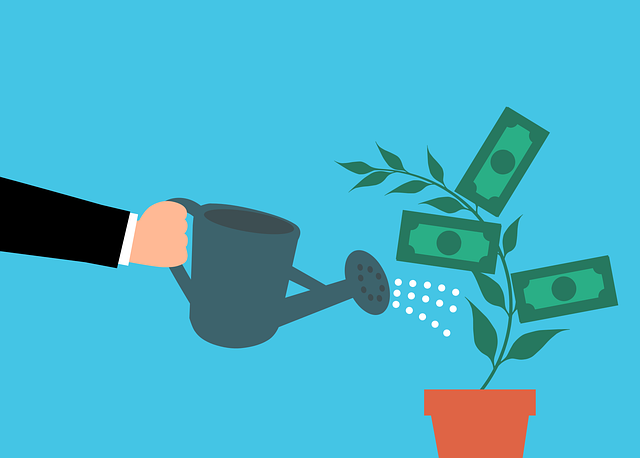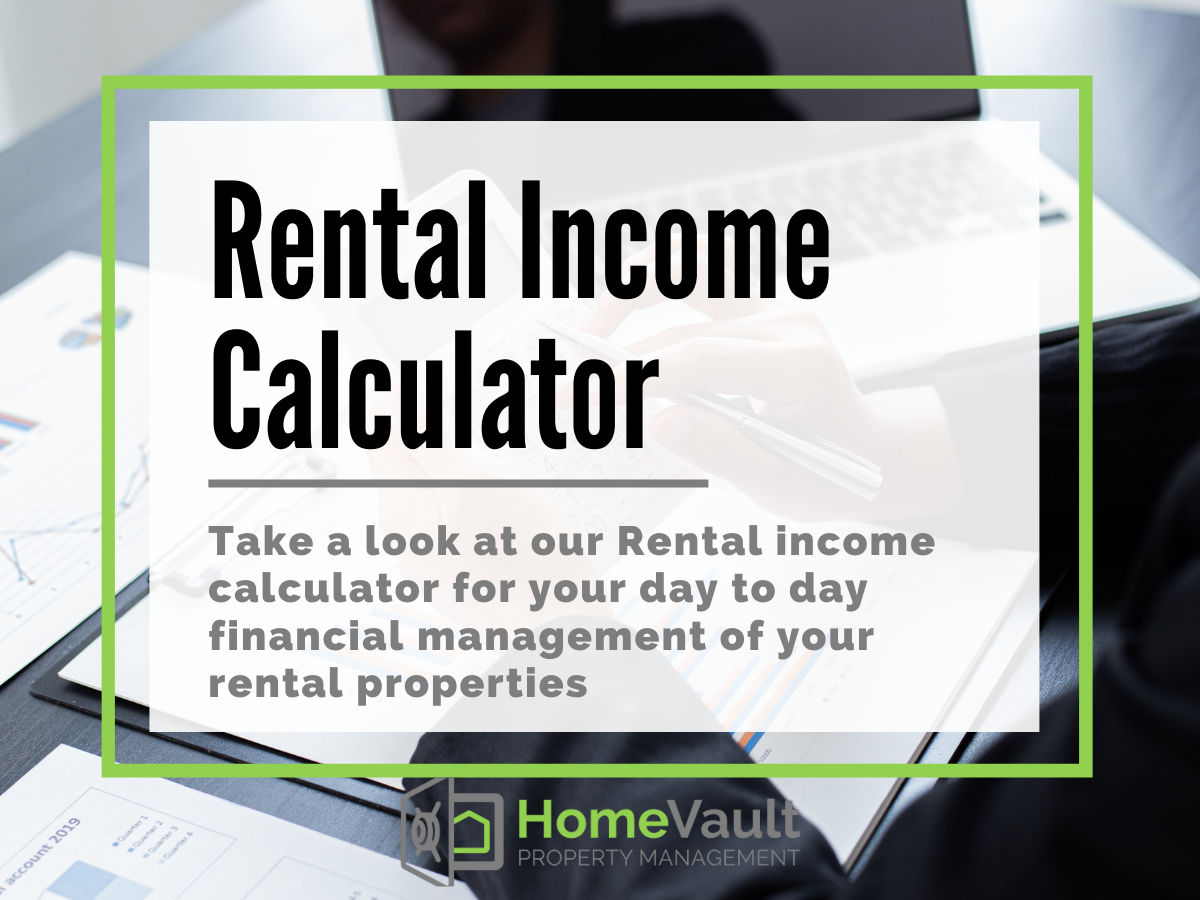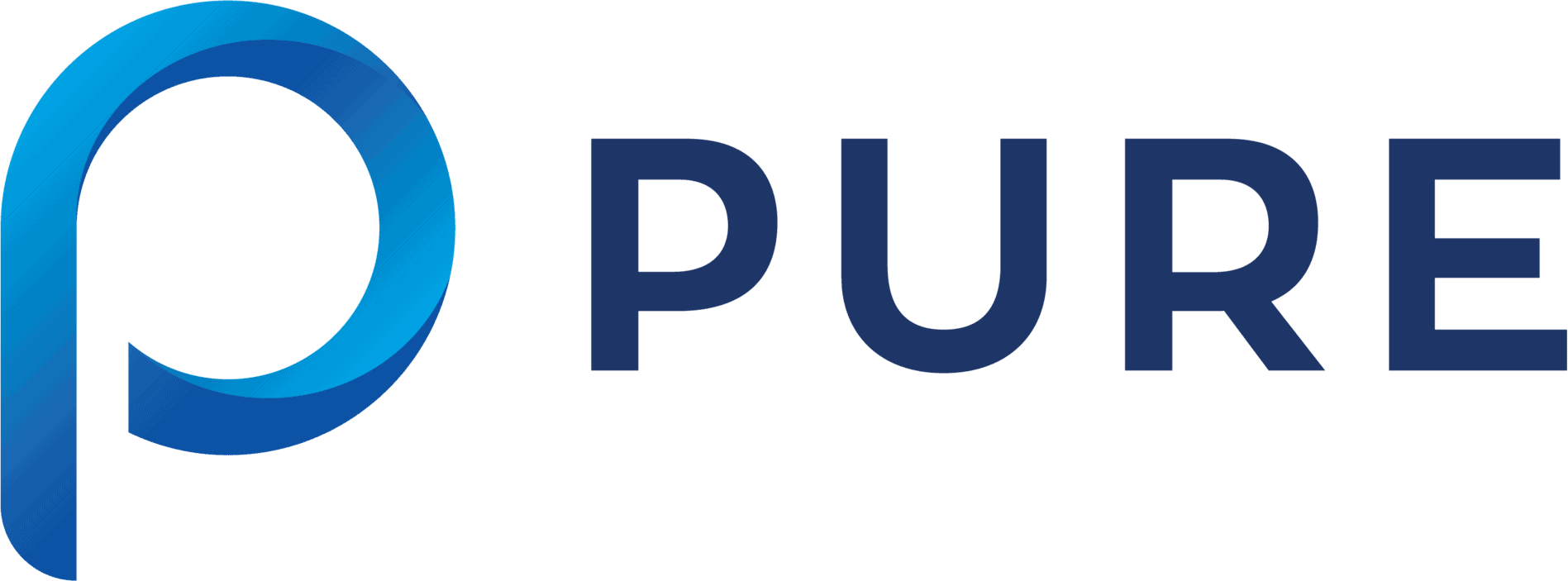How to calculate rental investment profitability

If you plan to rent out your home or buy a new rental property, you will probably spend some time considering how much profit you should make on your rental. In other words, is it a good deal to acquire a rental property or rent an existing one, or not? Understanding the rental investment profitability is no straight-forward business, so we would like to walk you through several indicators you should take into account before making any decision.
Monthly cash flow
Table of Contents
Let us start off with the monthly cash flow, – the amount of money the rental property generates after all expenses are deducted (also known as the net operating income, or NOI).
Like any business, your rental property generates monthly income and expenses. Roughly, there are 5 types of expenses, – management, maintenance, vacancy, taxes, and insurance, – which all depend on the condition of the property. For instance, your maintenance costs will be higher on an older property. DIY landlords out there may be wondering why we understand management as a cost. Truth is, even if you are a DIY landlord, management is still a cost: it measures the time you spend managing your property.
All in all, your monthly expenses will amount on average to about 40% of your monthly gross revenue, and in real estate terms, these are your operational expenses. To the costs mentioned above, you should be factoring in any debt service on the property. For those landlords who depend on rental income to pay mortgages, do not let the value of the mortgage dictate the rental rate you ask for! It is tempting to think that your rental income should at least cover your mortgage. Unfortunately, only the rental market dictates what you can ask for, and rental rates can only be established in comparison with similar properties on the market. So make an effort to set aside your debt service and analyze the real rental value of your property on the market.
That being said, what can you expect in terms of monthly cash flow? If you do not pay a mortgage, then you can rely on about 60% of your monthly gross revenue. On a property that has a mortgage, your monthly cash flow is much lower, at about $100 to $300.
Typically, a profitable property generates positive cash flow, but if yours generates more costs than revenue, do not immediately despair. Many experienced investors decide to buy rental properties they know will generate a negative cash flow because other reasons make them profitable in the long run, such as property appreciation, paying down the amortization of the loan, deducting their losses and depreciation from their taxes, or a long-term increase in the market rent in that area.

If you’re a DIY landlord looking for a simple way to keep track of your income and expenses and plan your monthly or yearly budget accordingly, the HomeVault Rental Income Calculator is your go-to tool!
DownloadThe 1 percent rule
Another indicator that can help you understand what is a good rate of return on your rental property is the 1% rule. If the market rent for that property is at least 1% of the total acquisition cost, including purchase price, closing, and uplift costs, then it is worth further looking into that investment.
But is it important to note that the 1% rule should not be taken as a sole indicator of the profitability of a property, but merely as an initial screening test. You should corroborate an analysis of the monthly cash flow and the 1% rule with other indicators, among which the capitalization rate.
Capitalization rate
The cap rate is a measurement often used in commercial real estate to assess the annual return rate that a property generates after investment, in other words, it calculates how long it takes before the property generates back the amount invested. The cap rate is calculated by dividing your annual net operating income (as seen above, your annual gross income minus your annual expenses) by the current cost of the property, and the result is displayed as a percentage.
To make things a bit more clear, let us take an example: suppose the total acquisition cost of a certain property is $150,000, and its market rent value $1,300 per month. Then, the NOI is $9,360 and the cap rate 6.24% ($9,360/$150,000 * 100%).
So what cap rate is indicative of a good rental investment deal? There is no golden rule as to what cap rate is best for rental property investment, mainly because this measurement does not take into account mortgage payments or property appreciation over time. As with the 1% rule, cap rates should not be analyzed outside of a larger context or taken as a single indicator of how promising a property is.
There is, however, a range within which a cap rate is considered good. Depending on market conditions, a good cap rate may be anywhere between 4 and 10%. In market conditions that favor sellers and in which it is harder to find a good deal, cap rates are typically in the 4 to 6% range, and if you are acquiring a property in the 6+% range, overall, you can be confident you made a good deal.
Beware, however, that you should not aim for a very high cap rate. Generally, the higher the cap rate, the lower the price of the property, and the lower the quality of that property. Occasionally, you can find properties with cap rates higher than 10%, but that these may need restoration, or are situated in less desirable parts of the town. You generally want to be cautious when acquiring a property with a cap rate higher than 10%, because it risks attracting tenants with lower credit scores or higher eviction and vacancy rates.
Cash-on-cash return
You may have noticed that neither the 1% rule nor the cap rate factor in the mortgage payment and the reason is that both measure the profitability of a property irrespective of how you pay for it. If you pay with financing, there are other indicators that you should look into in order to understand if the property is profitable for your particular situation. The first is the cash-on-cash return (CoC).
The cash-on-cash return measures the ratio of the total annual cash flow (measured either before or after taxes) to the total cash invested in the property. If you are not receiving any financing, your cash-on-cash return is identical to your cap rate. If you do, you measure your cash-on-cash return by looking at the cash outlay on your property, – the total amount of cash you pay out of your pocket in addition to the financing method you use.
Using the example of the property above, if you put $50,000 as downpayment, and finance the rest of $100,000, the cash outlay on the property is $50,000. Your cash-on-cash return after taxes is the annual net operating income, – which for a property with a mortgage is usually between $100-$300/month -, divided by the cash outlay on the property and expressed as a percentage. In short, for an average NOI of $200, the CoC is $200 x 12 months/$50,000 *100% = 4.8%.
Is there an ideal cash-on-cash return rate? Opinions diverge at this point, especially because the cash-on-cash return will fluctuate with the amount of debt service on the property. Daniela Andreevska from Mashvisor notes that most investors agree on an 8 to 12% cash-on-cash return as the ideal. In theory, the larger the CoC, the better.
Internal rate of return (IRR)
Time and again, the CoC is a relatively simple measure that does not take into account tax benefits or property appreciation over time.
The indicator you want to use for this purpose is the internal rate of return (IRR). There are many online calculators out there that can help you figure out what is the internal rate of return of your rental investment, so we will not insist with examples. The takeaway point, however, is that you cannot obtain a complete picture of the profitability of your investment until you overview all these indicators, and compare them.
In addition to these, the last important aspect is housing appreciation over time. It is the most important factor in creating wealth, and there are investors that prefer having no cash flow, or even a monthly negative cash flow because they are confident in a large, long-term appreciation.
If you are looking at a specific property and you would like to be advised on what to do, please feel free to contact us at hello@homevault.com and we will be happy to respond to your inquiry!
Credits: Photo by Mohamed Hassan onPixabay.



Leave a Reply